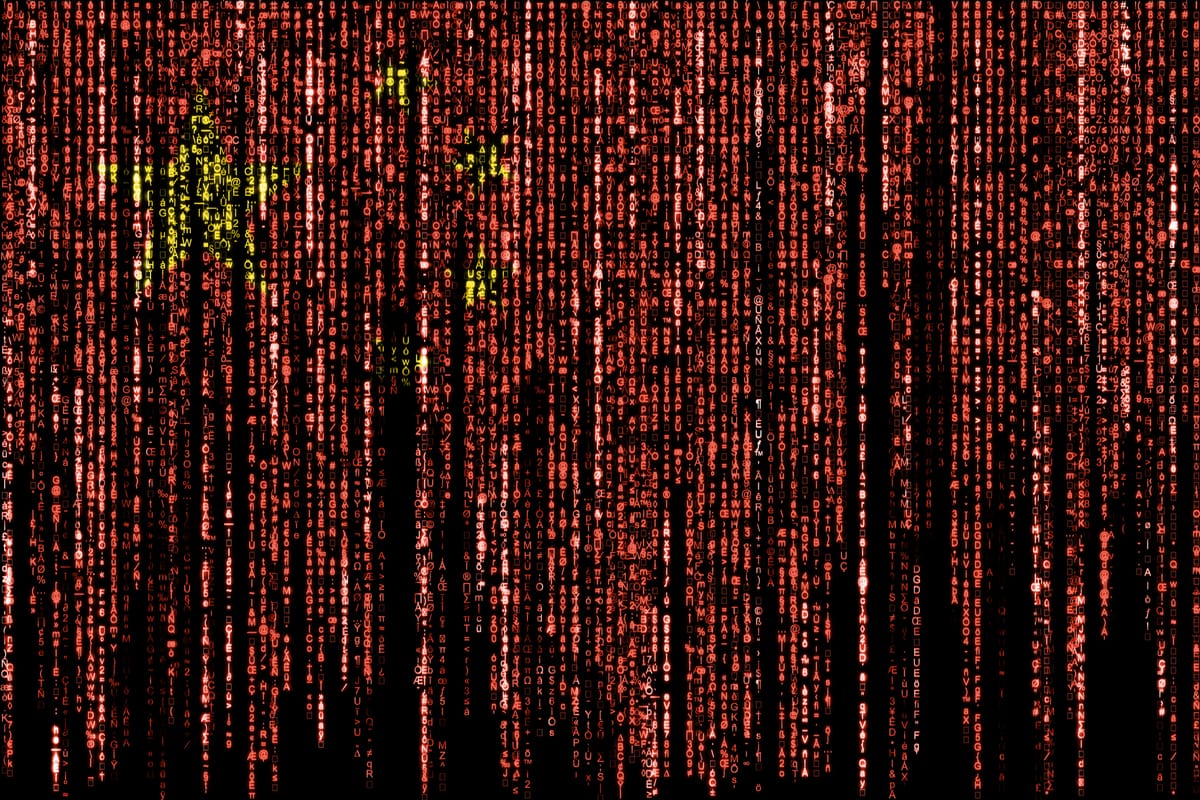🇨🇳 China’s Cyber Rise: From Fragmented Actors to Strategic Powerhouse
An integrated, state-driven cyber enterprise combining global reach, strategic patience, and comprehensive domestic control.

Integrated and ambitious cyber power combining military, intelligence, and civilian capabilities under unified national strategy.
Persistent, large-scale operations targeting foreign infrastructure, intellectual property, and global narratives.
Comprehensive domestic control leveraging surveillance, regulation, and advanced technology to secure internal stability.
China’s cyber capability has grown into one of the most integrated and ambitious programs in the world, blending technological innovation, large-scale operational capacity, and strategic intent. Over the last decade, it has transformed from a fragmented network of state-linked operators into a coordinated system that aligns directly with national policy objectives. This development reflects a deliberate strategy to ensure that cyberspace becomes both a domain of power projection and a protective shield for domestic stability. In addition to building technical expertise, the Chinese state has cultivated institutional structures that allow military, intelligence, and civilian entities to operate toward a common set of strategic goals.
The scope of China’s cyber efforts now extends well beyond conventional espionage. They encompass persistent network penetration, long-term access to foreign infrastructure, influence operations aimed at shaping global narratives, and domestic systems designed for complete information control. Together, these capabilities suggest a state that views cyber power as inseparable from its broader ambitions in national security, economic competitiveness, and global influence.
Organizational Strategy: Military–Civil Fusion
At the heart of China’s cyber strength is its policy of military–civil fusion, which unites private sector innovation, academic research, and state-directed military operations. Civilian technology companies and research institutions are not only encouraged but often required to cooperate with national security organs. This approach ensures a constant flow of technical expertise, cutting-edge research, and operational intelligence into government cyber programs.
Institutional structures have been reorganized to consolidate control. Dedicated cyber forces under the military now oversee offensive and defensive operations, while state security bodies manage intelligence gathering, vulnerability discovery, and long-term exploitation. By merging these functions under centralized direction, China has created a system capable of both rapid action and sustained, covert campaigns. The effect is a cyber enterprise that operates with the scale of a national industrial effort and the precision of a military campaign.
Threat Actors and Techniques
China’s cyber capability is executed through a combination of dedicated state units, semi-autonomous contractors, and affiliated research entities. These actors specialize in different aspects of cyber operations, from developing advanced exploits to conducting influence campaigns. Some focus on infiltrating networks of strategic industries such as aerospace, telecommunications, and energy. Others are tasked with long-term surveillance of political institutions and military networks.
The techniques employed range from exploiting previously unknown software vulnerabilities to compromising the supply chains of widely used products. Increasingly, these intrusions are designed for persistence rather than one-off disruption, allowing operatives to maintain access for months or even years. This persistence grants valuable intelligence on decision-making processes and technological developments, and also provides the option to disrupt or manipulate systems at a time of China’s choosing.
Operational Scale and Sophistication
China’s cyber operations have expanded in both scope and refinement. What were once opportunistic breaches are now highly coordinated campaigns targeting multiple nodes in a networked environment. Large-scale operations are often supported by extensive reconnaissance phases, where vulnerabilities are mapped and catalogued long before any exploitation occurs. This methodical approach allows for simultaneous intrusions across different sectors or countries, multiplying the potential impact.
There is also a notable shift toward supply chain compromises, where a single breach in a trusted software provider can grant access to hundreds or thousands of end-user networks. These tactics, combined with stealthy intrusion techniques, make detection and attribution significantly more difficult. Such complexity reflects not only technical capability but also strategic patience, as the value of long-term access is prioritized over short-term disruption.
Defensive Posture and Domestic Control
Inside its borders, China maintains one of the most extensive and technologically sophisticated cyber control systems in the world. Its domestic cybersecurity framework is not limited to defending networks from foreign intrusion but is equally focused on controlling the flow of information within the country. National regulations require that vulnerabilities discovered by domestic entities be reported to the state, giving the government first access to potential exploit opportunities.
This model provides two benefits: it creates a reservoir of offensive tools for use in foreign operations and ensures that the state remains the primary gatekeeper of national cybersecurity information. Combined with pervasive surveillance systems, these measures give the government near-total visibility over the domestic digital environment, allowing it to suppress dissent, control narratives, and protect sensitive infrastructure.
Strategic Objectives
China’s cyber operations are tightly aligned with its overarching national strategy. One key objective is the acquisition of intellectual property and proprietary technology from foreign companies and research institutions. This not only accelerates domestic technological development but also reduces dependency on external suppliers. Espionage of government and military targets provides strategic insight into the intentions and capabilities of other nations, enhancing China’s geopolitical positioning.
Another objective is influence—both domestically and abroad. Domestically, control over online discourse helps maintain political stability and reinforce the authority of the state. Internationally, carefully crafted narratives and disinformation campaigns can shape perceptions of China’s policies and undercut the credibility of rivals. While direct cyberattacks aimed at causing physical destruction have been rare, the capability to disrupt critical infrastructure remains an implicit deterrent and a potential tool in times of heightened tension.
Comparative Assessment
China’s cyber capability is distinguished by the breadth of its integration and the scale at which it operates. Organizationally, it combines centralized strategic control with distributed technical expertise across the civilian, academic, and military sectors. Its operators are equipped to exploit both technical vulnerabilities and the interconnected nature of modern supply chains. The defensive side is equally robust, ensuring that domestic networks are both shielded from foreign intrusion and aligned with the state’s control objectives.
When compared to other major cyber powers, China’s approach is unique in its combination of patient, persistent espionage and comprehensive domestic control. This balance allows it to act globally while maintaining near-absolute authority over its internal information space. It is a model that other states may find difficult to replicate due to the high degree of state involvement in civilian industries and the legal authority exercised over the private sector.
Outlook
China’s cyber capability is set to expand further in both sophistication and strategic reach. Advances in artificial intelligence, quantum computing, and autonomous systems are likely to be integrated into cyber operations, enhancing both offensive and defensive capacities. The state’s strong alignment between political leadership and technical development ensures that these tools will be applied in ways that serve long-term national objectives.
Externally, China is expected to continue its emphasis on long-term network penetration and information gathering, while refining its ability to manipulate narratives and influence public opinion abroad. Its cyber forces are unlikely to prioritize openly destructive attacks in peacetime but will retain the capability to disrupt critical infrastructure if strategic conditions warrant.
Internally, the integration of new technologies into surveillance and control mechanisms will likely deepen the state’s ability to monitor its population and manage the domestic information environment. This dual expansion—outward in reach and inward in control—positions China as a central player in the global cyber landscape for the foreseeable future. For other nations, understanding and adapting to this evolving capability will be critical in managing both the opportunities and risks that accompany China’s role as a top-tier cyber power.



